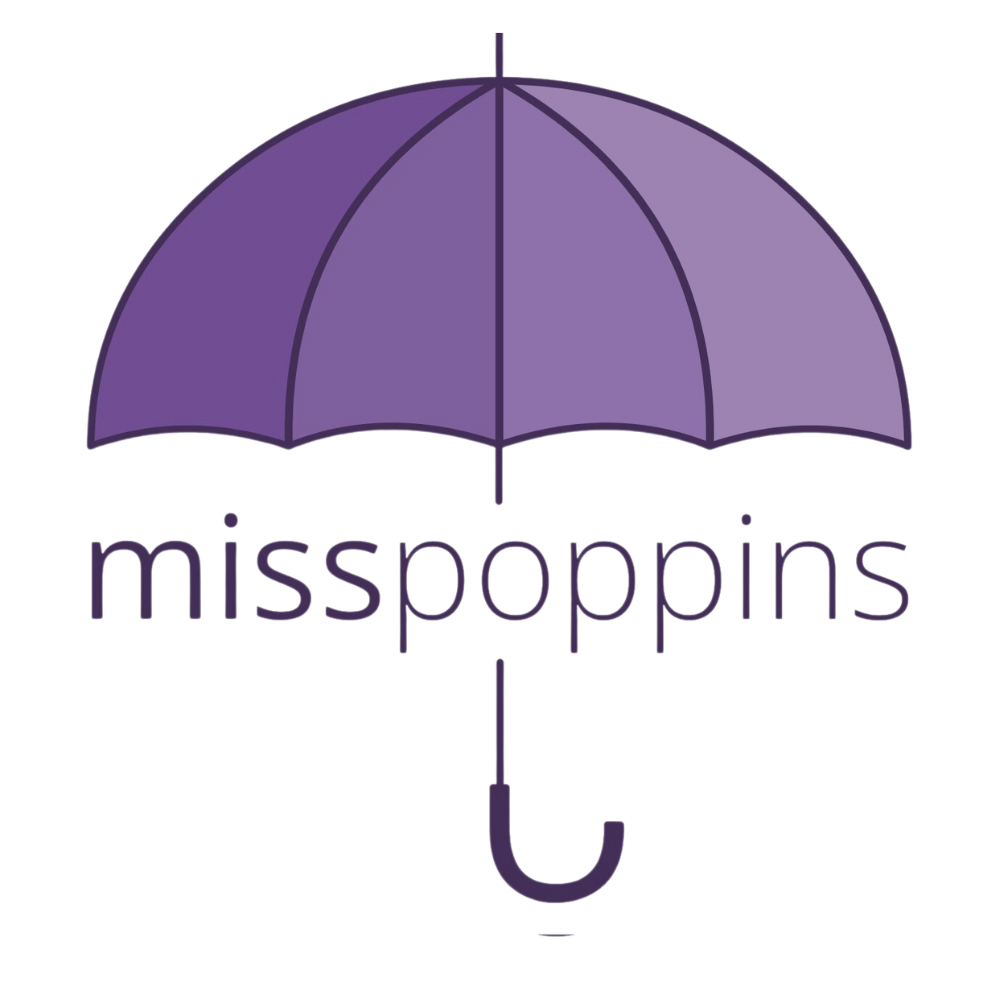How to Breastfeed with Multiples
It’s Not Just Feeding More
Breastfeeding twins (or more) requires more than just doubling the effort, it’s a unique experience with its own rhythms, challenges, and adaptations. You might ask yourself, “How long should I be feeding, am I doing this right, where can I find support?” Here’s the breakdown.
Your Body Adjusts To Your Milk Production
Breastfeeding is a supply-and-demand system. The more frequently milk is removed (whether through nursing or pumping), the more your body is prompted to produce. This holds true even with multiples. In fact, the National Institutes of Health has documented that mothers of twins consistently release nearly double the milk volume compared to mothers of singletons (NIH, 2021).
That’s your body responding to your babies’ needs naturally and efficiently.
Should You Nurse or Pump with Multiples?
Some parents of multiples choose to breastfeed each baby directly, while others opt to pump and bottle-feed to manage time and logistics. Many do both.
Direct nursing encourages bonding and may help regulate your babies' body temperature and heart rate. Pumping, on the other hand, allows for scheduled feeding, caregiver involvement, and less physical strain during cluster feeding periods.
Breastfeeding Gear That Make a Difference
To help maintain supply while managing time, many lactation experts recommend:
Double electric pumps for efficiency
Hands-free twin pumping bras to allow multitasking
Twin feeding pillows for tandem support and proper latch angles
Ask the Experts
Where do you find these certified lactation consultants or postpartum doulas? For immediate help, you can book a free initial consultation on the MissPoppins platform. These professionals are especially beneficial when educating yourself on feeding multiples. These professionals can help you:
Master tandem feeding positions
Troubleshoot latching issues
Monitor feeding volumes and growth
Create flexible feeding schedules tailored to your babies’ needs
Leak Management and Equipment Products
With more babies nursing or pumping sessions stacked more closely, milk leakage is more common. Prepare by stocking up on:
Washable or disposable nursing pads
Leak-proof sleep bras
Breathable tops or tanks for frequent feeding access
Specialty nursing covers for twins or triplets can offer privacy and support in public settings.
Supplementing Is Okay
Even with the best planning, you may need to supplement with formula or donor milk.Feeding your babies with love and intention matters more than the exact ratio of breastmilk to formula.
If you’re considering supplementing, your pediatrician or a lactation consultant for twins can help determine the right timing and method to ensure continuity and consistency.
Final Thoughts
Feeding multiples can feel all-consuming. Prioritize hydration, balanced meals, and rest when possible. Accept help. Your well-being directly fuels your ability to care for your babies.
Parenting more than one at once is no small task, but you are more than capable and you don’t have to do it alone.

